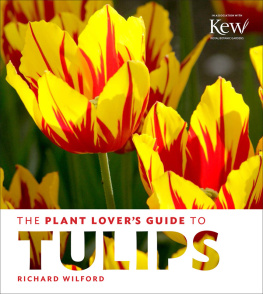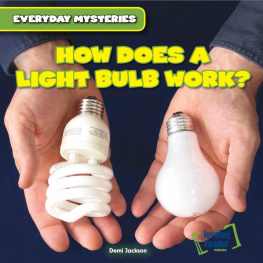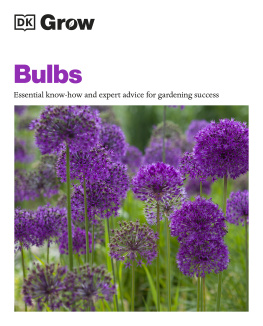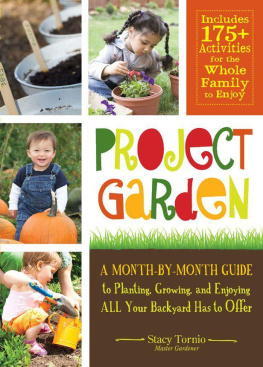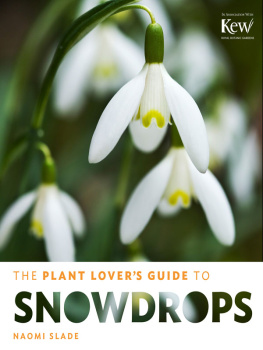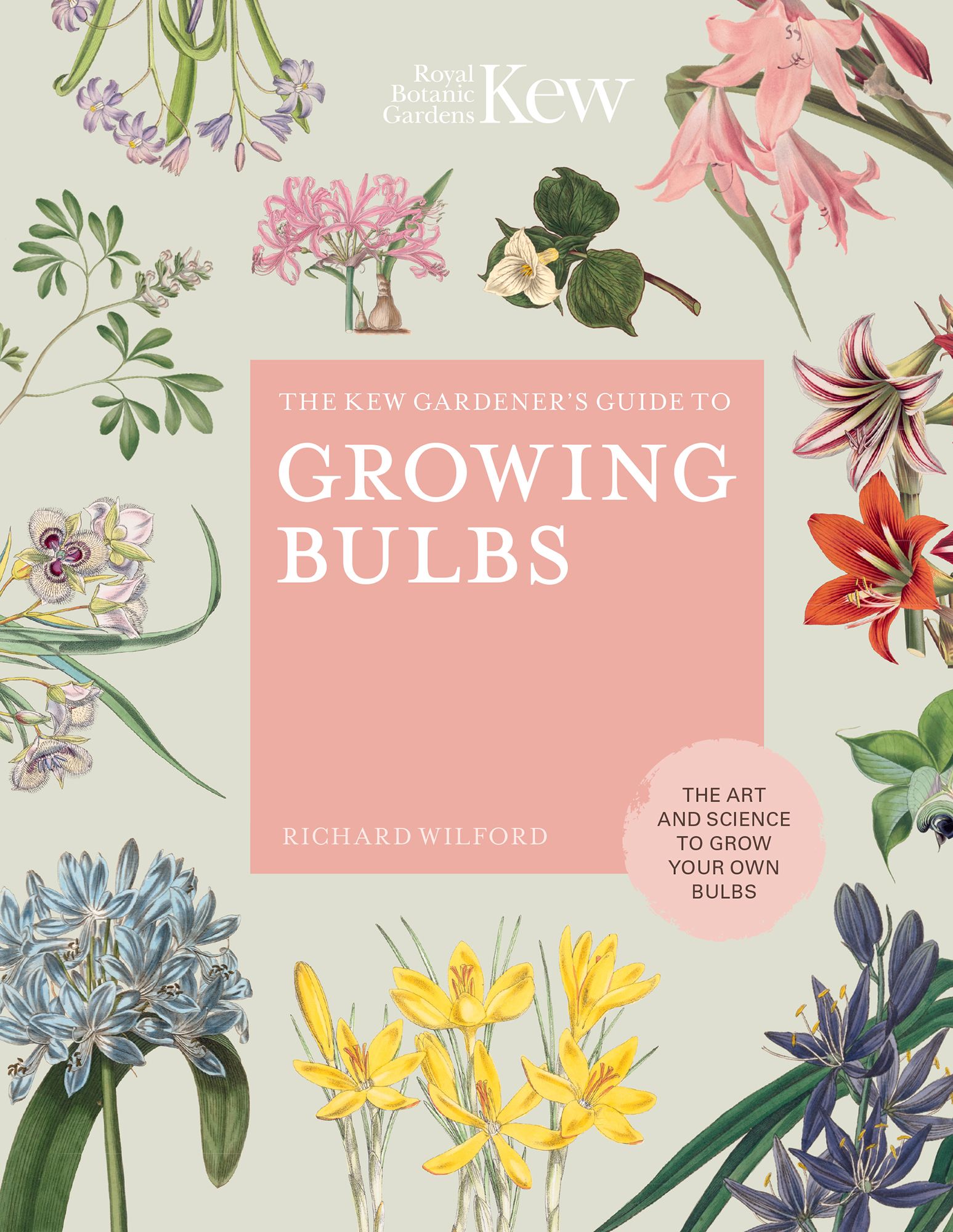THE VALUE OF BULBS
Bulbs are easy, colourful, diverse and beautiful garden plants. Whether you have a large country garden or a window box, there will be a bulb that you can grow.
Although best known for their spring flowers, there are bulbs for every month of the year, from the depths of winter to the height of summer. When you plant a bulb in autumn it could be flowering in three or four months, while a bulb planted in late summer could be flowering in just a few weeks. What easier and quicker way is there to transform your garden?
The word bulb is used for a range of different plants, but the one thing they have in common is a dormant period, when they survive underground. Plants have many ways of surviving tough conditions in their natural habitat and, if they live somewhere that is seasonally dry, then retreating underground is one way to make it through a long period of drought. Bulbs do this by storing all the food they need to re-grow in a neat package. This is what makes them so easy to plant. You buy a dry bulb, bury it in the garden and bring it back to life with water.
There is a little more to it than that, of course. Bulbs need light sometimes lots of it and when they are dormant they usually do not want to be too wet. Some bulbs put up with almost anything, and others die at a mere sniff of water at the wrong time. The bulbs that are commonly sold and easy to find are mostly very easy to grow. Daffodils (Narcissus), tulips, hyacinths, crocuses and ornamental onions (Allium) are all reliable garden plants.
Throughout this book I use the word bulb to describe any plant that has an underground food-storage organ, technically called a geophyte, which literally means earth plant. But plants have different ways of storing food. As well as true bulbs there are corms, tubers and rhizomes, all performing basically the same function. So what is a true bulb?
Tulipa Red Shine brings early colour to a herbaceous border.
TRUE BULBS
A true bulb stores food for the next season in swollen leaf bases. As a leaf dies back, the base, which is underground, swells with moisture and food. Every year a new stem and leaves grow from a bud at the very centre of the bulb, and new roots grow from the base. Over time, the leaf bases form layers in the bulb, the youngest at the centre. Cut a bulb in half and you will see the layers. An onion (Allium) is a good example of a bulb with clearly visible layers. As the layers are pushed outwards, they become thinner and are often enclosed by a crispy, outer layer called a bulb tunic. Over the years, a true bulb will get bigger and bigger.
There are exceptions, such as tulips, in which all the bulbs food is used up when the plant grows and a new bulb forms to replace it. These bulbs do not have the layers that build up over time, but they still have the bulb tunic, which can be quite thick and leathery in some species and may help insulate the bulb from freezing conditions. Other plants such as lilies do not have bulbs with layers; instead, the leaf bases form scales that are loose except where they join at the base. They also lack the tunic. Garlic is a bulb, but the leaf bases form the cloves. These are all bulbs because they are formed from the leaves, but other geophytes store food in different parts of the plant.
Gladioli, such as this beautiful Gladiolus byzantinus, grow from corms but behave in the same way as true bulbs.
CORMS
A corm can be grown just like a true bulb, but it is formed from a swollen stem. The leaves die back completely, but the part of the stem that is underground swells up and stores the food for the new growth. There are no layers as in a bulb; a corm is solid and can be quite hard. There are buds at the top that will grow into a new stem and leaves, and roots develop from the base. A corm is usually renewed every year, because all the food is used up by the plant when it grows. It generally has a dry outer layer, like a bulb, and if you dig one up you often find the dry remains of the old corm beneath the new one.
A crocus is a corm, as are gladioli, montbretias (Crocosmia) and meadow saffron (Colchicum). Bulbs and corms are very similar when it comes to growing them. The only thing to bear in mind is that, because a corm is renewed every year, it is important that the plant gets enough light and moisture when it is growing to make a strong, healthy new corm.
TUBERS
A tuber can be a swollen stem or root. It grows underground and stores food just like a bulb or corm. Examples include cyclamen, cobra lilies (Arisaema), arums, spring fumeworts (Corydalis solida) and winter aconites (Eranthis hyemalis).
A stem tuber has buds on its surface that grow into new stems and leaves, and roots normally grow from the base. There can be more than one bud. If you look at an old cyclamen tuber, for example, you can see several buds on the top surface, sometimes forming little, woody growths from which the new flowers and leaves arise. Root tubers such as foxtail lilies (Eremurus) are modified roots and form buds only where they are attached to the stem.
Most tubers can be grown just like bulbs, although some, such as cyclamen, need to be planted near the soil surface instead of being buried in the ground.
RHIZOMES
A rhizome is an underground stem that is often horizontal and creeping. It has buds that give rise to new leaves, stems and roots. Rhizomes are common in plants that die down for part of the year, such as herbaceous perennials, but they can be swollen to store nutrients. Not all rhizomatous plants are drought tolerant; they may die down to escape the cold and short days of winter. Those that have fleshy rhizomes are adapted to seasonal droughts, and they include many plants that can be grown in a similar way to bulbs.
Drought-tolerant rhizomatous plants include the African lily (Agapanthus) and crimson flag lily (Hesperantha coccinea). Some rhizomes are not especially adapted to dry conditions, but are sold alongside bulbs, and they are dormant for the drier time of year. These include the wake robin (Trillium) and lily of the valley (Convallaria majalis).
CHOOSING AND BUYING BULBS
Summer is when the catalogues arrive. These will be full of winter- and spring-flowering bulbs, and a few autumn ones such as meadow saffron (


